The continuing adventures of John Thomas Way under the mercury-powered spotlight
May 2025 marked a key milestone for UCL Chemistry: it is the end of the Age of Mercury. Gone are the thermometers, the bubblers and the manometers that invariably spill on our benches and floors. And now the light bulbs are gone too – our ubiquitous mercury fluorescents have given way to LEDs that last longer and draw less power.
In the 17th century, the mercury barometer became a must-have gadget for a natural philosopher. One of these was the Abbé Jean Picard, of the Paris Observatory in France, whose career spanned instrument-making, fundamental metrology, astronomical observations, geodesy and even levelling the gardens for Louis XIV’s great vanity project at Versailles.
We will never know why he did so, but one night in 1676 Picard took his barometer from the Observatory to the Porte Saint Michel. In the darkness he noticed flashes of light at the top of the tube when the mercury moved around. Few could reproduce this, and while I own some ‘toys’ made by glassblowers that flash when shaken, the mystery of barometric light would persist until the 21st century.
It was Humphry Davy who electrified both chemistry and light. Aside from splitting apart salts using a very large Voltaic battery, Davy also obtained a bright glow by passing a current through a platinum wire, the first real incandescence without combustion. Mercury proved very messy. With two carbon rods hooked up to a battery of 2000 metal plates, he got a blinding glare (an ‘arch’) from the gap between them. This spectacular effect was soon commercialised – but not by Davy, who was too busy with science, admin and disputes.
Overcoming consumption
A variety of 19th century entrepreneurs persisted, trying to overcome the real flaw in the light source: the carbon electrodes were consumed by the heat of the arc. Mechanical contraptions kept the rods evenly spaced until, inevitably, the rods needed replacing. Among the best known was Edward William Staite’s arc light that he developed with William Petrie in the late 1840s. Something of a showman, Staite demonstrated his device and incandescent iridium wires very widely; the young Joseph Swan attended the lectures Staite gave in Sunderland.
But there were other ideas in the air. A consulting, jobbing chemist, John Thomas Way, would return to mercury. Way lived in Welbeck Street in central London, where he probably had a laboratory. From here he conducted myriad water and soil analyses for a variety of clients including Prince Albert – as we saw last month. But he also used it to explore his own ideas, including around lighting.
Very aware of the instability of the carbon arc, Way cast around for alternatives. He came up with an ingenious solution. The light consisted of a pair of cylindrical reservoirs, placed one above the other, the gap surrounded by glass. A narrow nozzle let the mercury squirt down from the upper tank onto a small cup above the lower. The upper tank and the cup were each connected to a 50 plate Maynooth battery (constructed from cast iron and zinc plates). When connected, the slender stream of mercury instantly ‘compared to the sun for its brilliancy and power’.
Way designed a simple switch to allow the operator to flash messages in Morse code. He even built an electromagnetic mechanism to flash the light faster than could be perceived by the eye to save battery power.
Royalty and a regatta
Perhaps inspired by Staite, in August 1860 Way arranged a spectacular demonstration from a steamer near the royal residence of Osborne House on the Isle of Wight during the fashionable Cowes Week sailing regatta. The Times breathlessly reported: ‘There would appear to be no limit to the uses to which this discovery may be applied, and so simple is it in its manipulation that the choicest music of the great masters may be henceforth accompanied by expressive flashes of electric light.’
But it wasn’t perfect. ‘Its effect upon the human countenance was, however, by no means favourable, casting on all on board the steamer a strange unearthly hue.’

By happy coincidence, 1860 was also the year that Queen Victoria set off a fashion craze by wearing ribbons dyed with William Perkin’s new purple dye. ‘Mauve colour, as it has become fashionable to term it on the ladies’ dresses or bonnets, was brought-out by the light with astonishing brilliancy.’ It was the first mass demonstration of fluorescence.
No doubt to Way’s chagrin, the demonstration led nowhere, leaving him to return to more mundane problems mostly to do with water, soil and sewage.
Today bright lights are more a right than a privilege; we can barely see the stars. Who might even spot the flashes that Picard noticed 300 years ago? For all this addictive brilliance, what might we be missing?
Acknowledgments
I am grateful to Guy DeHavilland for a lighting masterclass and to Dan LeCount for inspiration.



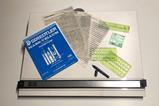



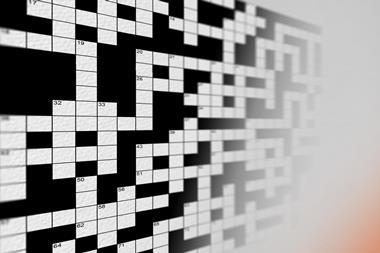

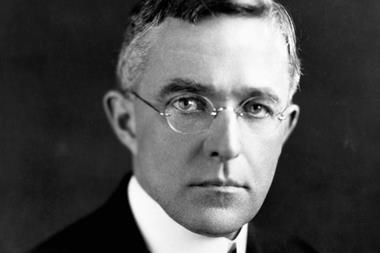
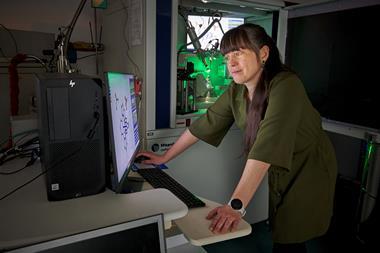

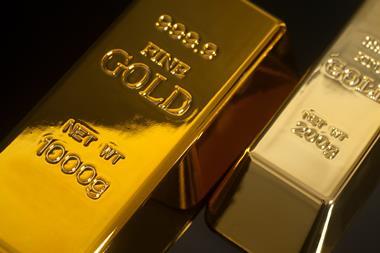
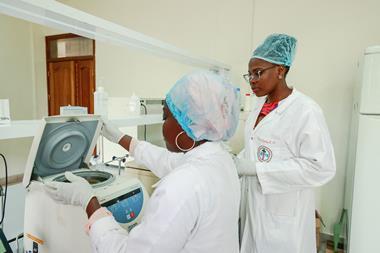



No comments yet